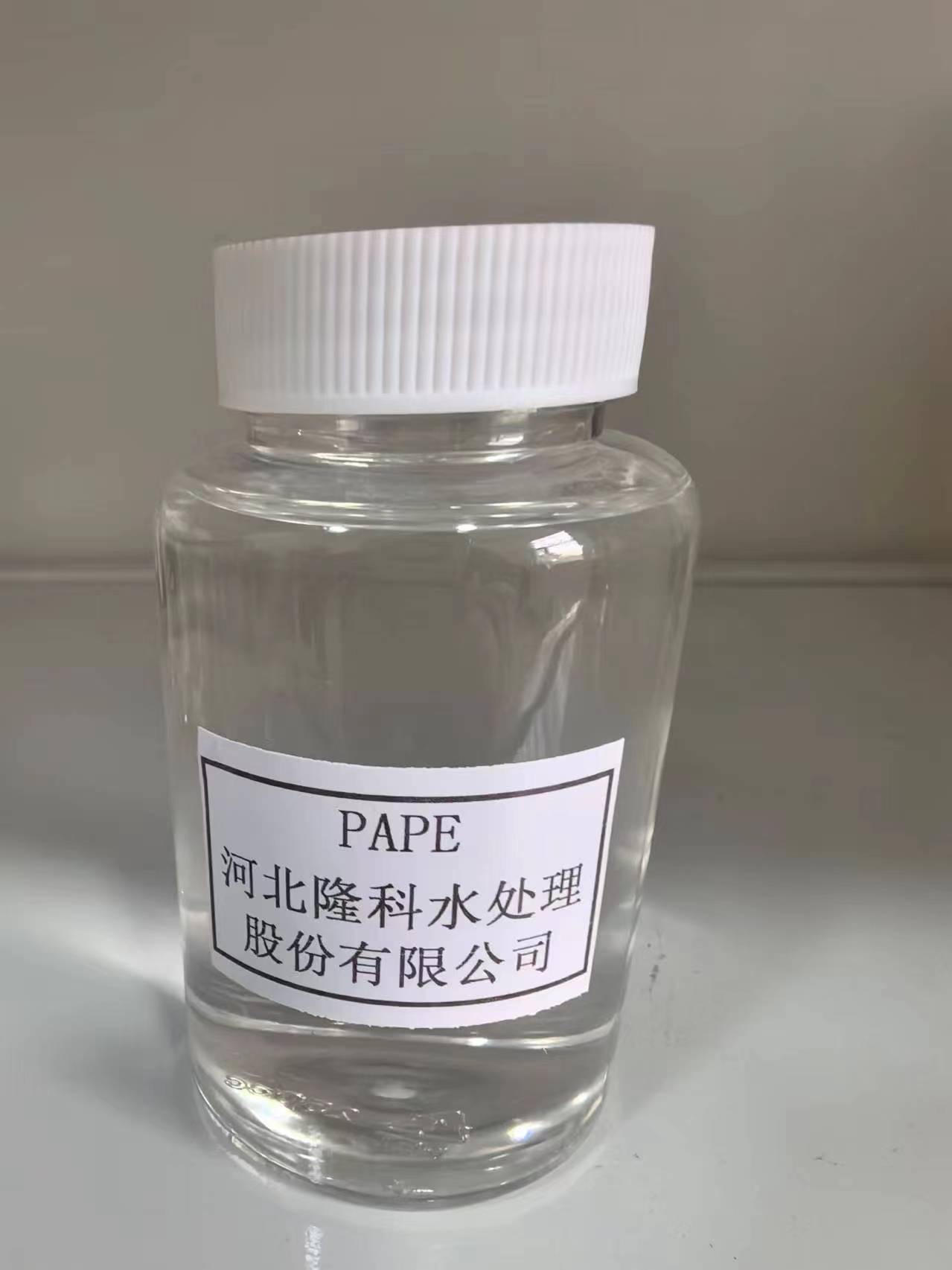Polyacrylamide Flocculants for Effective Water Treatment Solutions and Applications
Polyacrylamide Flocculants in Water Treatment An Overview
Water treatment is essential for sustaining life and the environment, as it ensures that the water used for drinking, industrial processes, and agriculture is clean, safe, and suitable for use. Among the various chemicals employed in water treatment processes, polyacrylamide (PAM) flocculants have gained significant attention due to their effectiveness in promoting the aggregation of suspended solids, thereby improving the clarity and quality of water. This article explores the role of polyacrylamide flocculants in water treatment, their applications, benefits, and considerations.
Understanding Polyacrylamide Flocculants
Polyacrylamide is a synthetic polymer formed from the polymerization of acrylamide monomers. It is water-soluble and can be produced as either anionic, cationic, or nonionic, depending on the charge of the polymer chain. This versatility allows PAM to be tailor-made for specific applications in various water treatment scenarios.
As a flocculant, polyacrylamide promotes the aggregation of fine particles by bridging between them, facilitating their settling or separation from the water. When added to water containing suspended solids, PAM molecules attach to these particles, forming larger aggregates or flocs that can then be easily removed through sedimentation or filtration processes.
Applications in Water Treatment
Polyacrylamide flocculants are widely used across different sectors, including municipal wastewater treatment, industrial wastewater management, and potable water purification. In municipal wastewater treatment plants, PAM assists in the removal of organic matter, bacteria, and colloidal particles, ultimately enhancing the treatment process's efficiency.
In industrial settings, PAM is utilized to treat wastewater from various sectors, including mining, paper manufacturing, and food processing. For instance, in the mining industry, PAM helps manage tailings by promoting the clarification of water and the separation of valuable minerals from waste materials.
Furthermore, in Drinking Water Treatment, polyacrylamide flocculants are employed to remove impurities, such as sediments and microorganisms, ensuring that the final product meets safety and quality standards.
Benefits of Using Polyacrylamide Flocculants
polyacrylamide flocculant water treatment

1. Efficiency One of the key advantages of PAM flocculants is their high efficiency in settling and clarifying turbid water. Smaller doses of PAM can achieve better results compared to traditional coagulants.
2. Versatility The ability to tailor the charge and molecular weight of PAM makes it suitable for various water types and treatment conditions, allowing for optimized performance.
3. Cost-Effectiveness Although the initial cost of polyacrylamide may be higher than some conventional coagulants, its effectiveness in reducing solids and improving treatment efficiency can lead to long-term cost savings.
4. Lower Environmental Impact PAM is known for its biodegradable properties when used in appropriate formulations, which can significantly reduce the environmental impact of water treatment processes.
Considerations and Challenges
Despite its advantages, the application of polyacrylamide flocculants is not without challenges. One primary concern is the potential toxicity of acrylamide, a monomer used in producing PAM. When properly constructed and used within regulatory limits, the risk associated with acrylamide is mitigated. Nevertheless, water treatment facilities must adhere to strict safety standards and monitor residual acrylamide levels to ensure compliance with health regulations.
Another consideration is the potential for increased sludge production associated with the use of flocculants. Treatment facilities need to manage sludge disposal effectively to avoid adverse environmental impacts.
Conclusion
Polyacrylamide flocculants play an integral role in modern water treatment processes, enhancing the removal of suspended solids and improving water clarity. Their versatility, efficiency, and cost-effectiveness make them valuable in various applications, from municipal and industrial wastewater treatment to potable water purification. As the demand for clean water intensifies, the use of polyacrylamide and other advanced flocculants will likely continue to grow. However, it remains crucial for water treatment facilities to adhere to safety and environmental guidelines to ensure sustainable practices.
-
Pbtc Scale InhibitorPBTC: A Scale Protector for Industrial Water TreatmentNewsAug.05,2025
-
Organic Phosphonate: An Efficient Defender in the Field of Scale InhibitionNewsAug.05,2025
-
Hydrolyzed Polymaleic Anhydride: Green Pioneer in Scale Inhibition FieldNewsAug.05,2025
-
PAPEMP Polyamino Polyether Methylene Phosphonic Acid For SaleNewsAug.05,2025
-
Flocculant Water Treatment: A Pioneer in Purification in the Field of Water TreatmentNewsAug.05,2025
-
Benzyl Isothiazolinone: An Efficient and Broad-Spectrum Antibacterial Protective GuardNewsAug.05,2025





